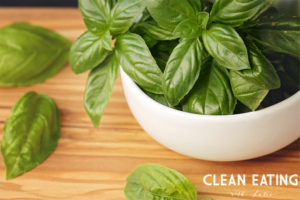Food of the Week: Sweet Potatoes
I love sweet potatoes, but I haven’t alway loved them. I remember the first sweet potato French fry that I had back in 2003 in Monterey. I hated them. Now, I could each them nearly every day. One of my favorite recipes for sweet potatoes is for savory sweet potato cakes from Mediterranean Paleo Cooking. This is a great recipe. We usually just bake them and add plenty of Kerrygold butter (grass-fed). Jennifer Tyler Lee recommends mashed sweet potatoes or crispy sweet potato fries. Yum!
Food Facts:
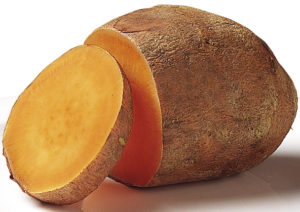
- Sweet potatoes belong to the morning glory family and are not at all related to potatoes (nightshade family).
- They are native to Central America/northern South America. Colobus brought sweet potatoes back to Spain with him, but those original sweet potatoes were similar to carrots, not like our modern sweet potatoes.
- Their glycemic index is 45 (sugar is 100). The glycemic index of potatoes by comparison is 75-100. The glycemic index is a measurement of how much a food raises the blood sugar.
- They are rich source of antioxidants, especially the carotenes.
- In the supermarket, most yams are simply marked as yams, but are truly just another variety of sweet potatoes. True yams are hardly ever sold in the United States.
- If you’re looking to grow a very nutrient dense variety of sweet potato, opt for the Carolina Ruby.
- Do not store uncooked sweet potatoes in the fridge.
- Boiling sweet potatoes reduces their antioxidant value, while steaming, roasting, or baking does not.
- The skin is more nutritious than the flesh.
- Good source of vitamins C, B2, B6, and manganese, copper, biotin, and pantothenic acid.
- Good source of fiber.
- In animal studies, they have been shown to help stabilize blood sugar levels.
From: The 52 New Foods Challenge by Jennifer Tyler Lee, Encyclopedia of Healing Foods
by Michael Murray, Joseph Pizzorno, and Lara Pizzorno, and Eating on the Wild Side
by Jo Robinson.
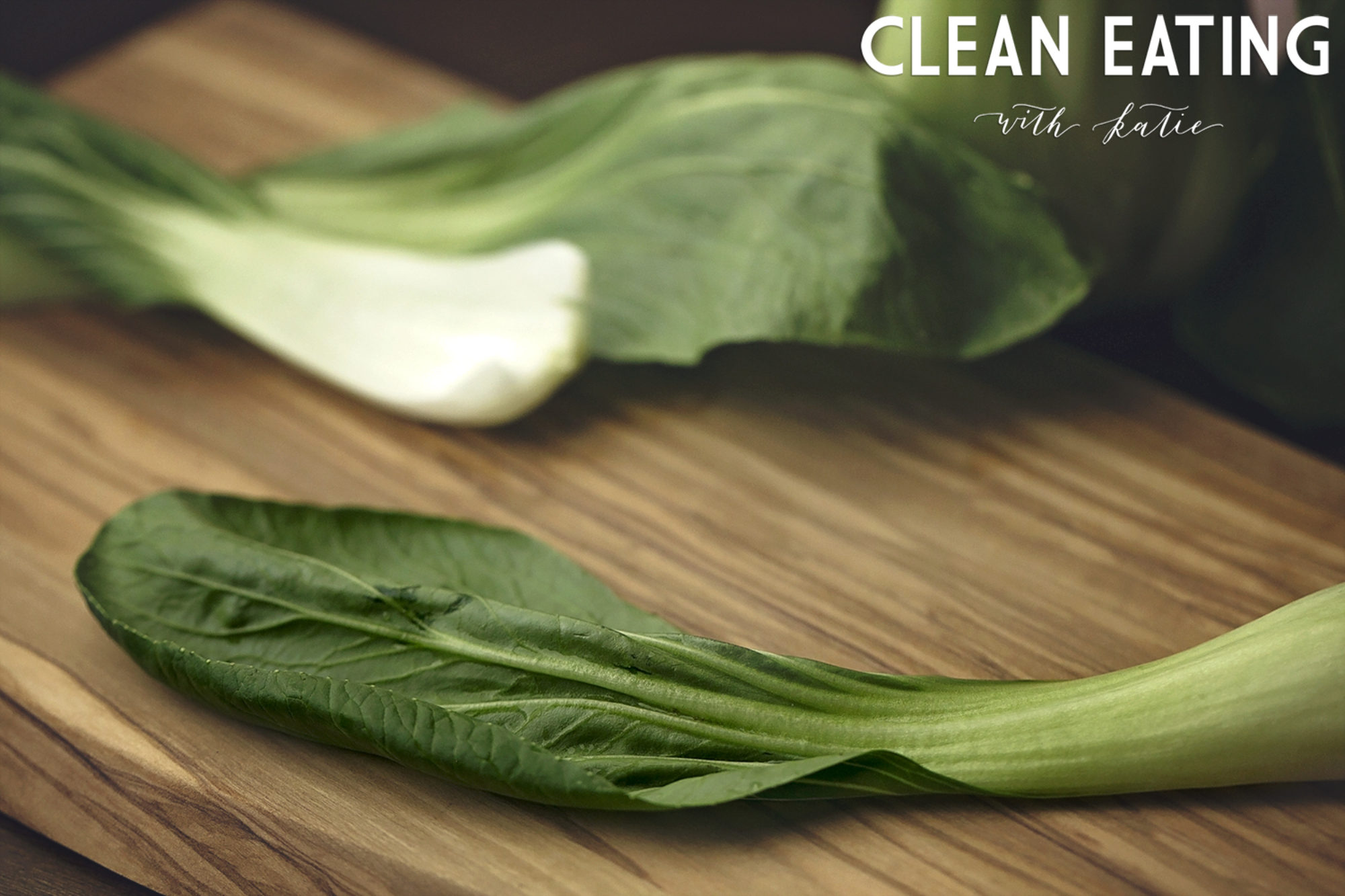
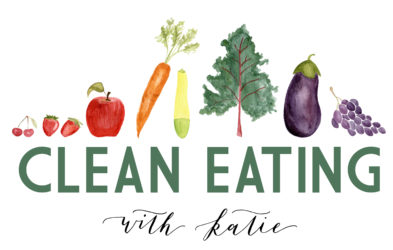
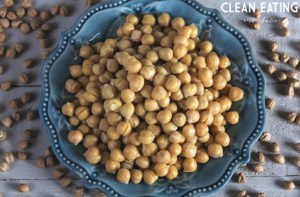
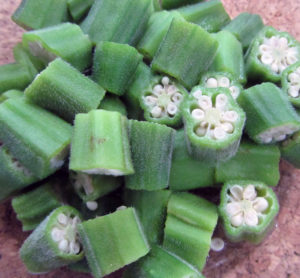
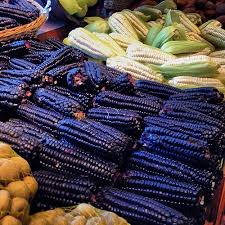 Corn is native to Central America.
Corn is native to Central America.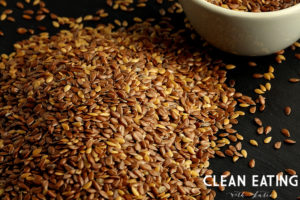 Food Facts:
Food Facts: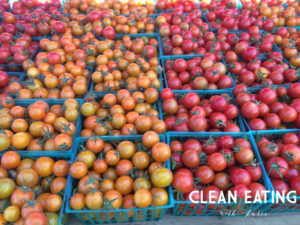 void of nutrients). So unless they are garden tomatoes or farmer’s market tomatoes, they are often mealy and are picked when green. The book
void of nutrients). So unless they are garden tomatoes or farmer’s market tomatoes, they are often mealy and are picked when green. The book 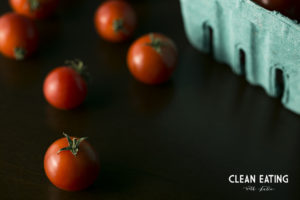
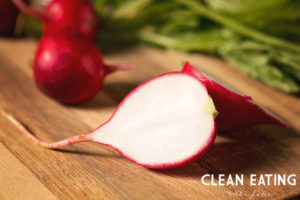 Radish greens are edible and have significantly more vitamin C than the roots and more calcium as well.
Radish greens are edible and have significantly more vitamin C than the roots and more calcium as well.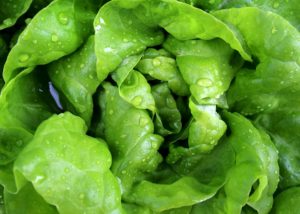 is a healthier alternative to iceberg lettuce. While working for
is a healthier alternative to iceberg lettuce. While working for 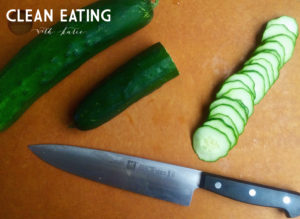 Seventy percent of the US pickle crop is made into pickles.
Seventy percent of the US pickle crop is made into pickles.